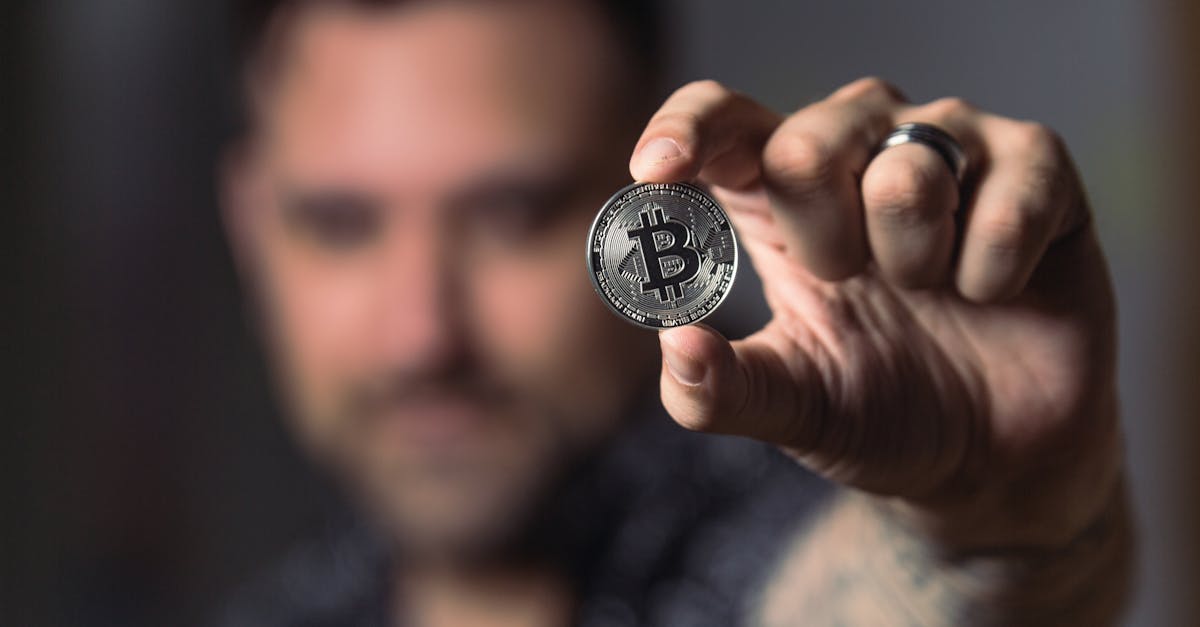
Introduction
Cryptocurrency has emerged as one of the most disruptive financial innovations of the 21st century. What began with Bitcoin in 2009 has now evolved into a global ecosystem of digital assets, decentralized finance (DeFi), and blockchain-based technologies that are reshaping how we think about money, investments, and transactions.
This comprehensive guide will explore:
✔ What cryptocurrency is and how it works
✔ The role of blockchain technology
✔ Major types of cryptocurrencies and their uses
✔ How to buy, store, and use crypto safely
✔ The benefits and risks of investing in digital assets
✔ Global regulations and the future of crypto
By the end, you’ll have a solid foundation to navigate the world of cryptocurrency—whether as an investor, developer, or simply a curious observer.
What is Cryptocurrency?
Definition & Core Principles
Cryptocurrency is a digital or virtual currency that uses cryptography for security. Unlike traditional money issued by governments (fiat currency), cryptocurrencies operate on decentralized networks based on blockchain technology.
Key Characteristics:
✅ Decentralized – No central authority (like a bank or government) controls it.
✅ Secure – Cryptographic techniques prevent fraud and hacking.
✅ Transparent – All transactions are recorded on a public ledger (blockchain).
✅ Immutable – Once recorded, transactions cannot be altered.
✅ Global & Borderless – Can be sent anywhere in the world without intermediaries.

David McBee/Pexels
The Role of Blockchain Technology
What is Blockchain?
A blockchain is a distributed digital ledger that records transactions across multiple computers in a way that is:
Transparent – Anyone can view transactions.
Immutable – Once data is recorded, it cannot be changed.
Secure – Uses cryptographic hashing to prevent tampering.
How Blockchain Powers Cryptocurrencies
Transaction Initiation – A user sends crypto to another wallet.
Verification – Network nodes validate the transaction.
Block Creation – Approved transactions are grouped into a block.
Consensus Mechanism – Miners or validators confirm the block (via Proof of Work or Proof of Stake).
Added to Chain – The new block joins the existing blockchain.
Types of Blockchain Networks
Public Blockchains (Bitcoin, Ethereum) – Open to anyone.
Private Blockchains (Hyperledger) – Restricted access, used by enterprises.
Hybrid Blockchains – Combine features of both.

Alesia Kozik/Pexels
Types of Cryptocurrencies
Bitcoin, created in 2009, was the first cryptocurrency. Today, there are thousands of cryptocurrencies available, each with unique functionalities and uses. Popular ones include Ethereum, known for enabling smart contracts, and Ripple, which offers fast, cost-effective international payments.
1. Bitcoin (BTC) – The Pioneer
Launch: 2009 (by Satoshi Nakamoto)
Purpose: Digital gold, peer-to-peer electronic cash.
Market Dominance: ~40% of total crypto market.
2. Ethereum (ETH) – The Smart Contract Platform
Launch: 2015
Purpose: Enables decentralized apps (dApps) and smart contracts.
Key Upgrade: Ethereum 2.0 (transition to Proof of Stake).
3. Stablecoins (USDT, USDC, DAI)
Purpose: Pegged to stable assets (USD, gold) to reduce volatility.
Use Cases: Trading, remittances, DeFi.
4. Altcoins & Tokens
Examples:
Ripple (XRP) – Fast cross-border payments.
Cardano (ADA) – Research-driven blockchain.
Solana (SOL) – High-speed, low-cost transactions.
5. Meme Coins (Dogecoin, Shiba Inu)
Origin: Started as jokes but gained massive popularity.
Risk: Highly speculative, prone to pump-and-dump schemes.

Alesia Kozik/Pexels
How to Acquire Cryptocurrencies
Acquiring cryptocurrency typically involves buying it through exchanges such as Coinbase or Binance, where you can trade traditional money for digital assets. Other ways include mining, which involves solving complex computational problems to validate transactions, or receiving them as payment for goods or services.
1. Cryptocurrency Exchanges
Centralized Exchanges (CEXs): Coinbase, Binance, Kraken
Pros: Easy to use, high liquidity.
Cons: Require KYC (identity verification).
Decentralized Exchanges (DEXs): Uniswap, PancakeSwap
Pros: No KYC, full control of funds.
Cons: Less user-friendly, smart contract risks.
2. Crypto Mining
How it Works: Miners use computing power to validate transactions and earn rewards.
Popular Coins to Mine: Bitcoin (requires ASICs), Ethereum (GPU mining).
3. Earning Crypto
Freelancing (paid in crypto via platforms like Bitwage).
Staking – Earn interest by locking up coins (e.g., Ethereum 2.0).
Airdrops & Faucets – Free crypto giveaways (often scams—be cautious).
4. Peer-to-Peer (P2P) Trading
Platforms: LocalBitcoins, Paxful.
Pros: Privacy, flexible payments.
Cons: Higher scam risk.

Alesia Kozik/Pexels
Advantages of Using Cryptocurrency
Cryptocurrencies offer several benefits: they provide a high degree of privacy, reduced transaction fees, and fast global transactions. They also eliminate the need for third-party intermediaries, enabling users to have complete control over their financial assets.
✅ Financial Freedom – No bank restrictions, global access.
✅ Lower Fees – Especially for international transfers.
✅ Fast Transactions – Cross-border payments in minutes.
✅ Inflation Hedge – Limited supply (e.g., Bitcoin’s 21M cap).
✅ Decentralized Finance (DeFi) – Earn interest, borrow, trade without banks.

Morthy Jameson/Pexels
Risks and Challenges
While crypto offers promising prospects, it comes with challenges and risks. Price volatility is significant, often leading to rapid and unpredictable changes in value. Additionally, the lack of regulation can expose users to fraud and cybersecurity threats, warranting caution for investors and users alike.
⚠ Volatility – Prices can swing 20%+ in a day.
⚠ Regulatory Uncertainty – Governments may impose restrictions.
⚠ Scams & Hacks – Ponzi schemes, phishing attacks, exchange breaches.
⚠ Irreversible Transactions – If you send crypto to the wrong address, it’s gone forever.
How to Stay Safe:
Use hardware wallets.
Enable 2FA on exchanges.
Avoid "too good to be true" investment schemes.

Markus Winkler/Pexels
The Regulatory Landscape
Regulatory attitudes towards cryptocurrencies vary globally. Some countries embrace crypto with open arms, while others impose strict regulations. Overall, regulators aim to strike a balance between fostering innovation and protecting consumers by implementing anti-money laundering and security measures.
The Future of Cryptocurrency
The future of cryptocurrency holds immense potential. With continual advancements in blockchain technology, the increase in mainstream adoption, and the interest from institutional investors, cryptocurrencies could redefine global finance. However, widespread acceptance hinges on regulatory developments and technological innovations.
1. Mainstream Adoption
Institutional Investment (Tesla, MicroStrategy, ETFs).
CBDCs (Central Bank Digital Currencies) – Governments launching digital versions of fiat.
2. Technological Advances
Layer 2 Solutions (Ethereum scaling with Polygon, Arbitrum).
Web3 & Metaverse – Blockchain-powered virtual economies.
3. Regulatory Developments
US, EU, Asia shaping crypto laws.
Taxation & Compliance becoming stricter.

Crypto Crow/Pexels
Conclusion
Cryptocurrency represents a transformative shift in the financial terrain, offering both exciting opportunities and challenges. By understanding its fundamentals, types, and operational mechanisms, individuals can better navigate the evolving digital economy. As this vibrant sector continues to grow, staying informed is key to fully harnessing its potential.
Cryptocurrency offers tremendous opportunities but comes with significant risks.
Best For:
✔ Those who understand the technology.
✔ Investors with a high-risk tolerance.
✔ People interested in DeFi, Web3, and financial innovation.
Think Twice If:
❌ You expect get-rich-quick schemes.
❌ You can’t afford to lose your investment.
❌ You prefer stable, low-risk assets.
Final Advice: Start small, do your own research (DYOR), and only invest what you can afford to lose.

Ann H/Pexels